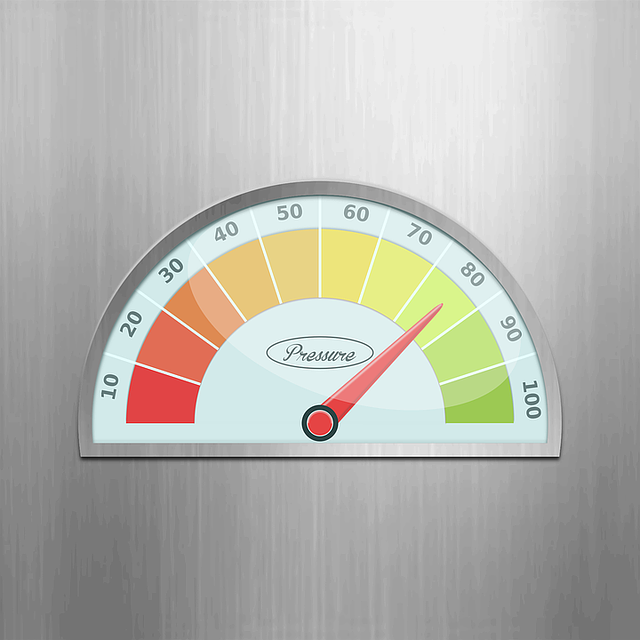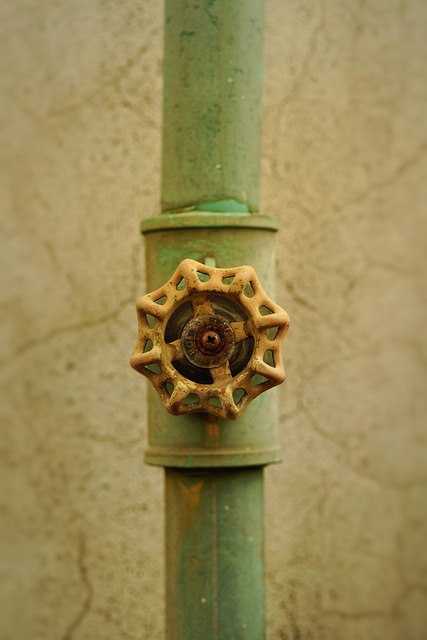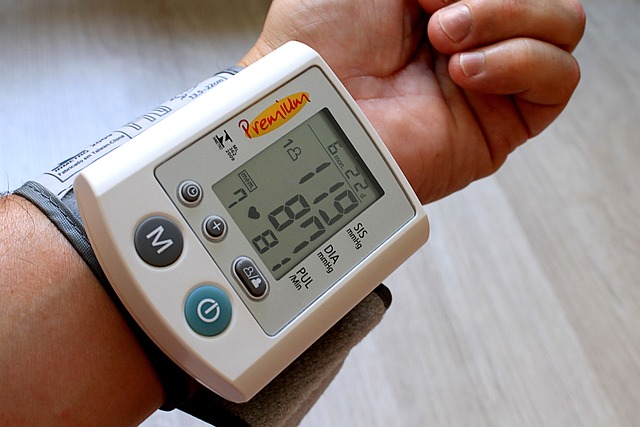Low water pressure can be caused by various issues, primarily clogged pipes, leaky faucets, corroded pipes, or outdated plumbing. Addressing clogs and leaks promptly is crucial for maintaining consistent pressure and reducing water waste. Water pressure regulators play a vital role in controlling water flow, but improper settings or malfunctions can lead to low pressure. While DIY methods help with simple problems, complex issues require professional plumbers who use advanced tools for accurate diagnosis and repairs, ensuring long-lasting solutions and protecting plumbing systems.
Low water pressure can be a frustrating household issue, from clogs that slow the flow to leaks that diminish pressure. Understanding the root causes is the first step to effective solutions. This article delves into the common plumbing issues behind low water pressure, explores the role of water pressure regulators, and guides you through DIY troubleshooting versus when to call a professional plumber. By understanding the causes, you’ll be better equipped to restore optimal water pressure in your home.
- Common Plumbing Issues Causing Low Water Pressure
- Understanding Water Pressure Regulators and Their Role
- DIY Solutions vs Professional Plumber Intervention
Common Plumbing Issues Causing Low Water Pressure

Low water pressure can be frustrating and often indicates an underlying plumbing issue. Clogged pipes are a common culprit; buildup of grease, hair, and other debris can restrict water flow, leading to decreased pressure throughout your home or office. Even smaller obstructions can significantly impact water pressure, making it important to address clogs promptly to maintain consistent pressure.
Leaky faucets or pipes also contribute to low water pressure. These leaks, whether visible or hidden, waste precious water and reduce the overall pressure available for use. Identifying and repairing leaks is crucial in preserving water pressure and minimizing water wastage. Other potential issues include corroded pipes, faulty valves, or outdated plumbing systems that struggle to meet modern water demand.
Understanding Water Pressure Regulators and Their Role

Water pressure regulators are essential components in any plumbing system, designed to maintain consistent water pressure throughout your home. These devices act as a control mechanism, adjusting the flow of water from the main supply line to ensure a steady and optimal pressure at each faucet or appliance. Understanding their role is crucial when addressing issues like causes of low water pressure.
In many cases, low water pressure can be attributed to improper regulator settings or malfunction. Regulators have adjustments that allow you to set the desired pressure level. If these settings are incorrect or if the regulator itself is faulty, it can result in inadequate water pressure throughout your plumbing system. Regular maintenance and checking of these regulators can help prevent such issues, ensuring a steady supply of water at the required pressure for efficient and effective use.
DIY Solutions vs Professional Plumber Intervention

When faced with low water pressure, homeowners often gravitate towards DIY solutions, especially if the issue seems straightforward like a clogged drain or aerator. While these fixes can address minor problems, more complex causes of low water pressure may require professional plumber intervention. Clogged pipes, for instance, might be easily unclogged using commercial cleaners or natural remedies, but heavy buildup or damage to the plumbing system could necessitate advanced tools and expertise. Leaks, another common cause, can range from simple repairs like replacing a worn-out washer to more intricate issues such as broken pipes that demand immediate attention from a professional to prevent further damage and waste.
Professional plumbers are equipped with specialized equipment for accurate diagnosis, including pressure gauges to measure water flow and advanced cameras for inspecting pipes without disruption. They can identify problems invisible to the naked eye, such as corrosion, cracks, or obstructions in main lines. Unlike DIY solutions that offer temporary fixes, professional intervention ensures lasting repairs, optimizing water pressure and protecting your plumbing system from future issues.
Low water pressure can stem from various issues, from clogged pipes to leaks. Understanding these causes is the first step towards effective problem-solving. While some DIY solutions may offer temporary fixes, navigating complex plumbing issues often requires professional expertise. By recognizing the role of water pressure regulators and considering when to call a plumber, homeowners can ensure optimal water flow and address potential problems before they escalate.
